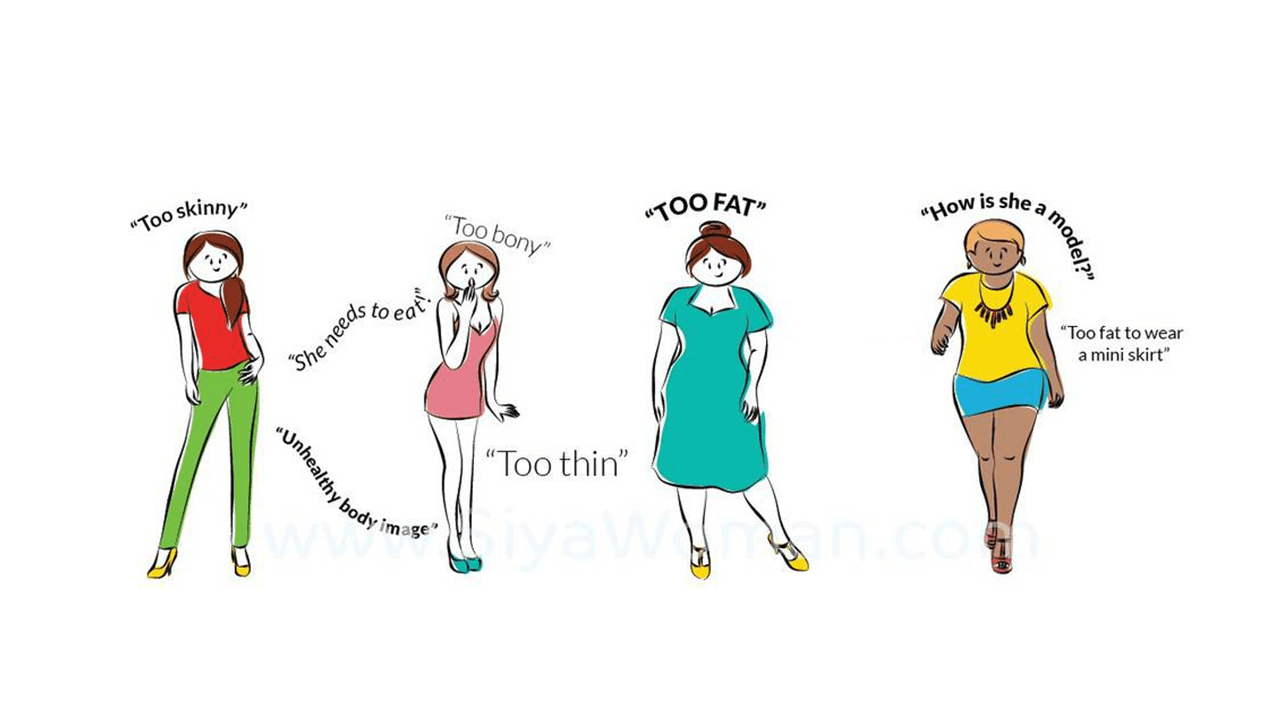Mental Health Awareness Month is observed in the United States every May, however, the need for widespread awareness doesn’t end on May 31.
With millions of Americans facing the reality of living with a mental health disorder daily, it is important to continue the conversation.
In this series, Improving Our Awareness, you will read about the signs, symptoms, prevalence, and treatment recommendations for mental health disorders infrequently discussed. It’s primary intent and focus is to educate both Mental Health Professionals and community members alike while reducing stigma and encouraging those who are suffering to reach out for help.
The first disorder to be reviewed in this series is Body Dysmorphic Disorder, or BDD. BDD is classified in the Diagnostic Manual of Mental Disorders (DSM-V) within the Obsessive-Compulsive and Related Disorders section. This grouping of disorders exhibit symptoms that differ from developmentally normative preoccupations and rituals by being excessive and disruptive to a person’s life.
BDD, a body-image disorder, is characterized by persistent and intrusive preoccupations with an imagined or slight defect in one’s appearance. Preoccupations can focus on one or more body areas – skin, hair, teeth, eyes, weight, stomach, breasts, legs, face shape or size, lips, chin, forehead – truly any part of your physical body. It is important to note that these perceived flaws may not exist. Like a hallucination, these imaged imperfections can appear real but are created by the mind.
Like OCD, BDD’s second criteria is the excessive repetitive behavior or mental act that is performed in response to the preoccupation. They are generally very time-consuming and difficult to resist. Common behaviors include, persistently checking one’s appearance in a mirror, excessive grooming (combing, styling, shaving, plucking), camouflaging (covering up oneself with makeup, large clothing, hats), excessive exercise or weightlifting, excessive tanning, and even seeking cosmetic surgery.
The Anxiety & Depression Association of America reported that BDD affects 1.7%-2.4% of the general population – which equates to about 1 in 50 people.
It typically begins in early teenage years and while direct causes are unknown, it is suggested that traumatic childhood experiences, societal pressure, outrageous standards of beauty, and having another mental health condition are likely risk factors.
Currently, the most accepted treatment for BDD includes a combination of Cognitive-Behavioral Therapy (CBT) and medications. It is thought that like OCD and depression, BDD may be related to a brain chemical imbalance (serotonin). Therefore, certain medications, Selective Serotonin Reuptake Inhibitors (SSRIs), can be helpful in controlling negative thoughts and repetitive behaviors.
CBT works by helping people learn how to navigate and response to negative thoughts, emotions, and behaviors over time. Challenging the distressing thoughts associated with BDD can begin to break apart well established mental pathways and allow for alternate ways of functioning to develop. Also engaging a support network is encouraged as this can promote the reduction of reassurance checking and enabling behavior.
That is, in a sense, the “quick and dirty” of Body Dysmorphic Disorder. We recommend that if you feel you suffer from any of the symptoms explained above to please reach out to Spectrum Health for help! If you work in the field of mental health and want more information, an expanded article, or a training on this subject, please let us know!
The Spectrum Education and Training Institute is offering a related training on July 28, Overview of Feeding and Eating Disorders. Click here to register.
Keep washing those hands, people. This isn’t over just yet. Take care of yourself and each other.
Jessica
Jessica Okoniewski
Clinical Director
Southtowns Counseling Center



